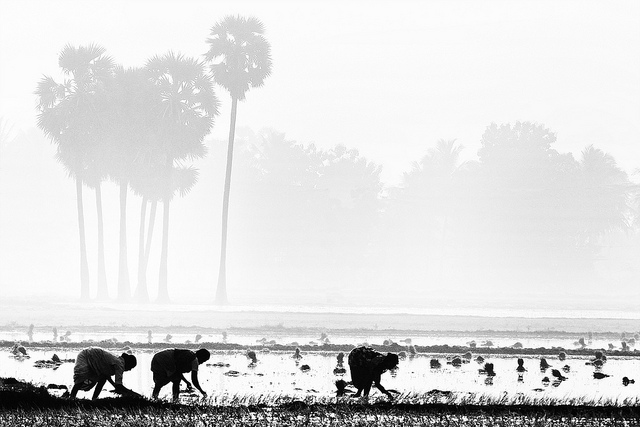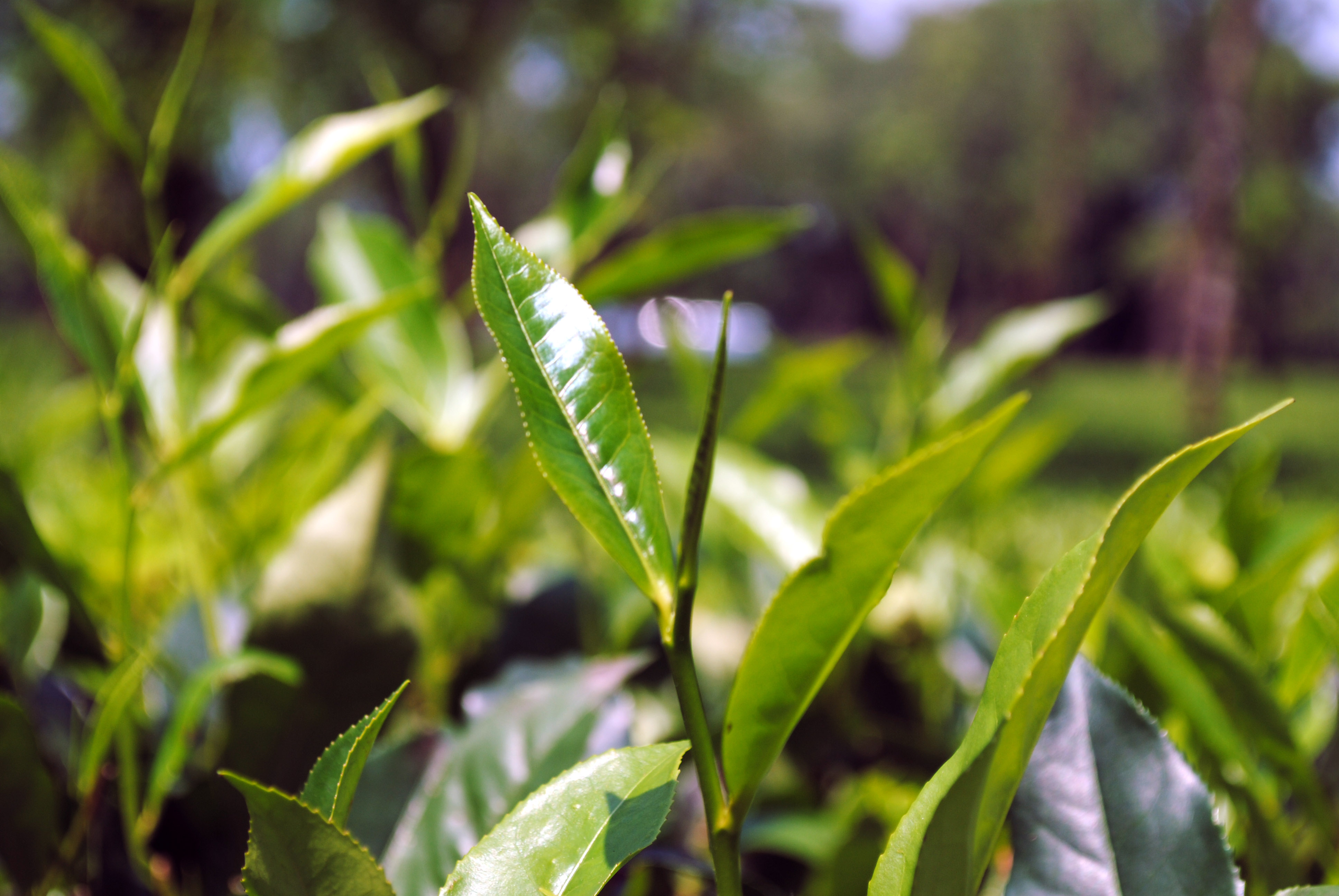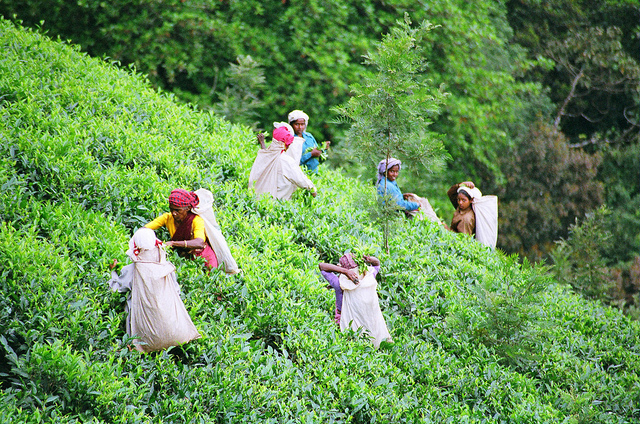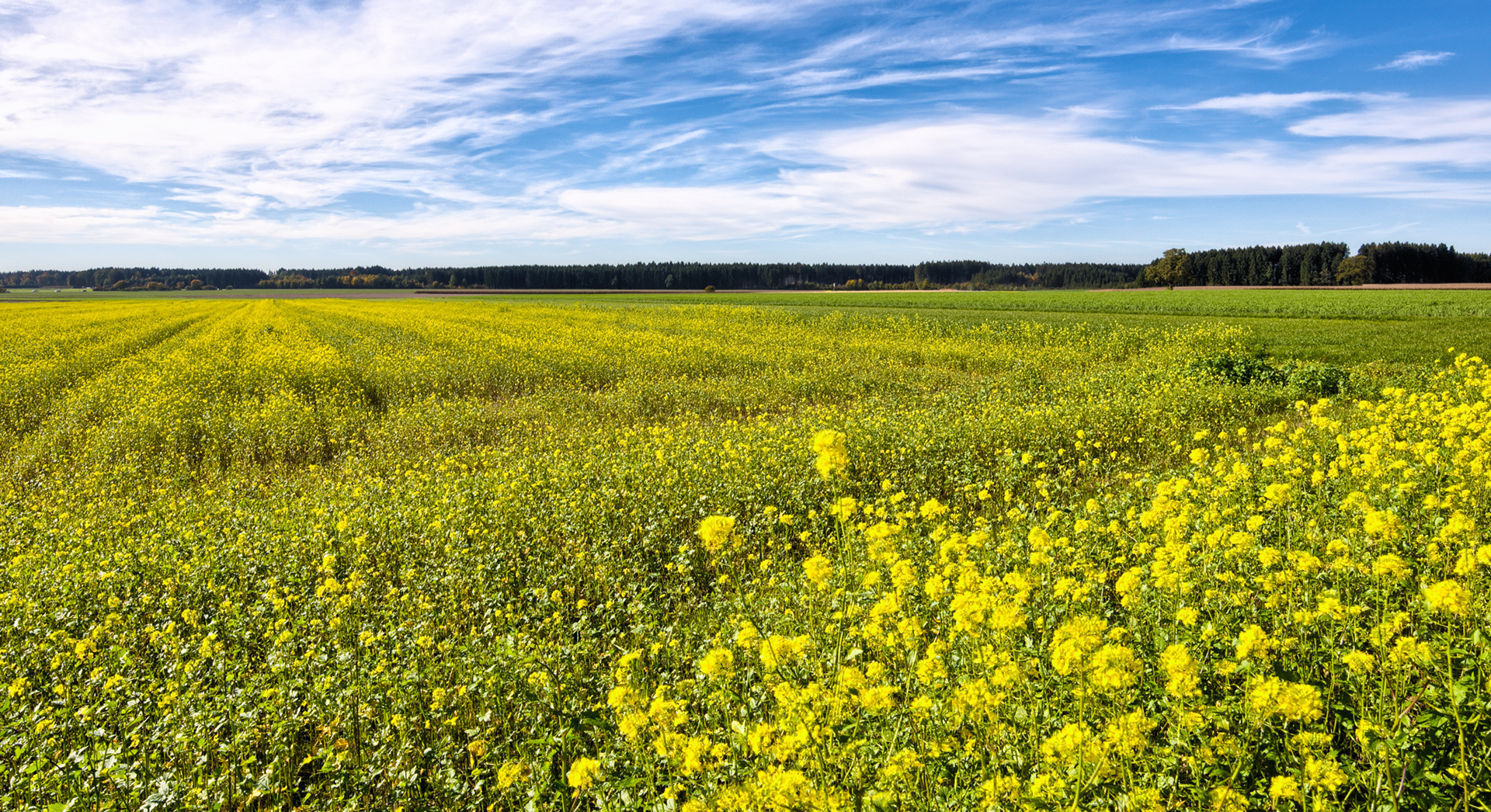10 Reasons Why We Need Aquaponics in Developing Countries
Aquaponics is an idea that has been developing over the last 30 years and is becoming more and more well known. We are seeing plenty of amazing reasons as to why these systems are necessary in our growing world. Aquaponics provides us with a constant supply of fresh greens and protein, requires little maintenance and …














